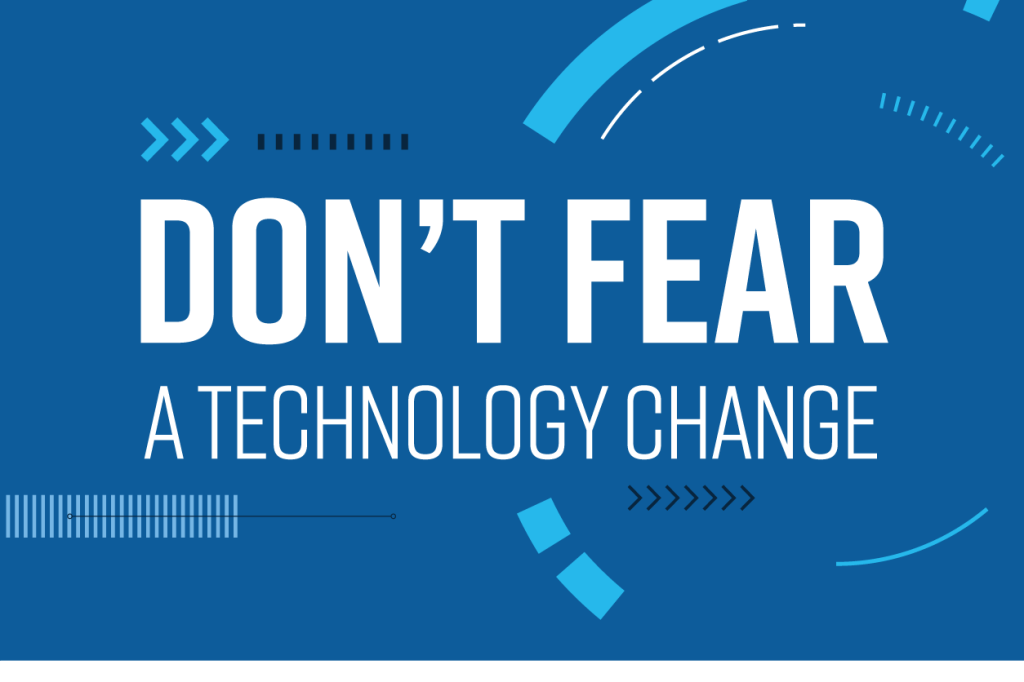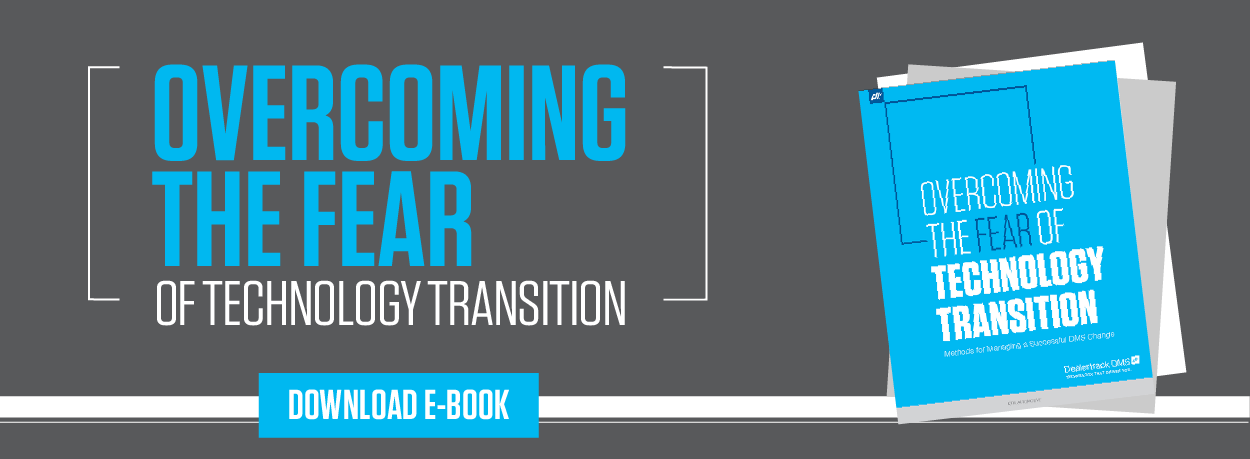“Time, training, resistance, nightmare, contracts and confusing.” These are some of the first words that come to mind when a dealership considers making a DMS switch. These words are also often at the root of the ultimate decision to forgo the switch.
A fear of change and the potential roadblocks linked to switching technology has locked many dealerships into complacency, with many choosing to stick to their legacy DMS even if it means they are unable to integrate with new tools or keep up with the changing needs of the modern consumer. While concerns of losing finances, employment records or customer data — not to mention the potential for staff resistance — may understandably discourage dealership managers from modernizing their DMS systems, if they are willing to open themselves up to change, a seamless transition is achievable.
To stay competitive in today’s environment, dealerships need to meet consumers on their terms, and that means dramatically upgrading their technology systems. When purchasing a vehicle, consumers are now looking for a connected experience. They want to find a dealership where they can begin the car shopping and buying process online and complete it in-store. Keeping up with the changing needs of the customer is vital. In fact, according to the 2016 Salesforce State of the Connected Customer report, half of consumers report they are likely to change brands if a company doesn’t anticipate their needs.
The comfort that comes with keeping to the status quo, and the time and money that has been invested in training employees on the legacy system, make it easy to stand still. However, in a time where adapting to the changing industry is vital to a dealership’s long-term success, stagnation is no longer viable. With the right planning, open communication, ample and ongoing training, and invested partner in place, a DMS switch can give dealerships the opportunity to propel themselves forward and overall grow their business. It’s time for dealerships to take on fear of change head-on and implement modernized technology that can help tighten operations and increase efficiency across departments.
A version of this article originally appeared in AutoSuccess Magazine here.
About the author:

John Grace is associate vice president, operations, for Dealertrack DMS, Cox Automotive. Grace brings nearly 20 years of high-tech operations and support experience to this position. Grace joined Xtime in 2011 from Tastingroom.com where he was vice president of operations. Prior to Tastingroom.com he spent nearly eight years as a member of the executive staff of the Location Services Division of Autodesk. At Autodesk, he played a critical role in the growth and expansion of the division, delivering middleware and application solutions to wireless telecommunications companies. He was responsible for managing SaaS solutions, customer premises equipment, and customer support for domestic and international customers. Grace has a master’s degree from Purdue University and a bachelor’s degree from the California State University.




